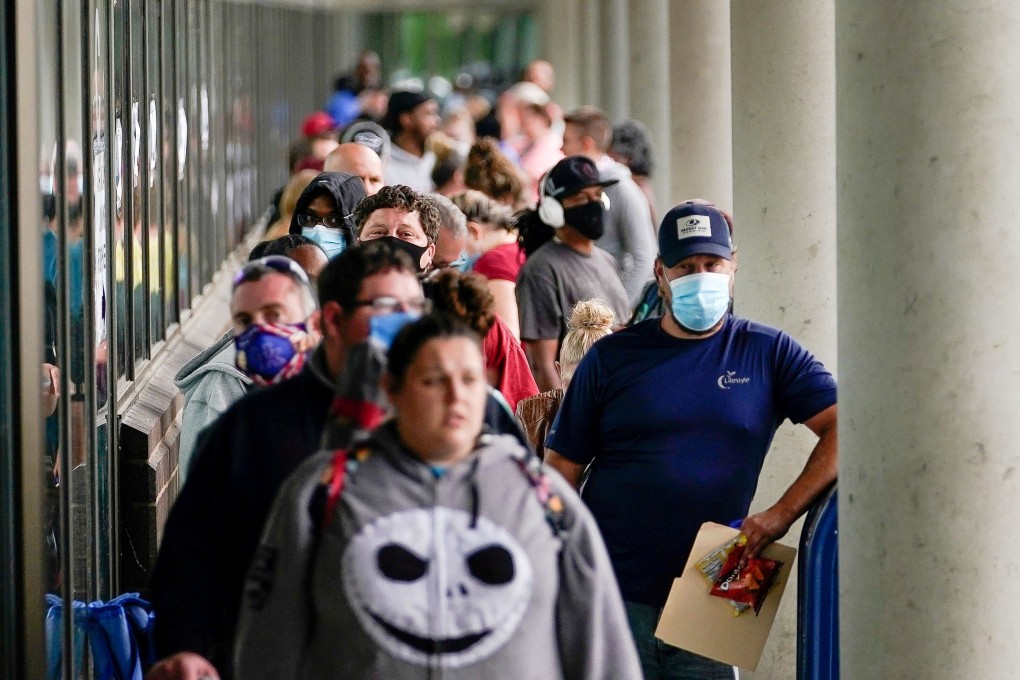A V-shaped recovery in the global economy should not be feared
- The burst of activity as economies in China, the US and the EU emerge from the coronavirus-induced lethargy raises hopes of a spectacular return to growth
- As long as fiscal support holds up, paying particular attention to vulnerable groups, the dreaded double-dip recession can be fended off

It’s no surprise that global stock markets remain conflicted. With so much uncertainty, the message for policymakers is there’s no turning back on super-stimulus.
The building blocks for global recovery are definitely in place. China is leading the way, the US is following closely behind and Europe’s economy is heading back onto much higher ground as well. The third-quarter growth data looks really promising, with gross domestic product growing at an annualised rate of 10.8 per cent in China, jumping by 33.1 per cent in the US and surging at a spectacular 48.4 per cent for the European Union.
The positive news for China is that recovery from this year’s weakest point began three months earlier in the second quarter when growth jumped at a quarterly annualised rate of 46.8 per cent. There is every reason to believe the world is emerging from a very weak spot into a much stronger space.
Of course, these rates of starburst recovery can’t be sustained for long and should moderate to slower growth trends over time, as long as the reflation momentum is maintained and there is no early U-turn on monetary or fiscal stimulus.
